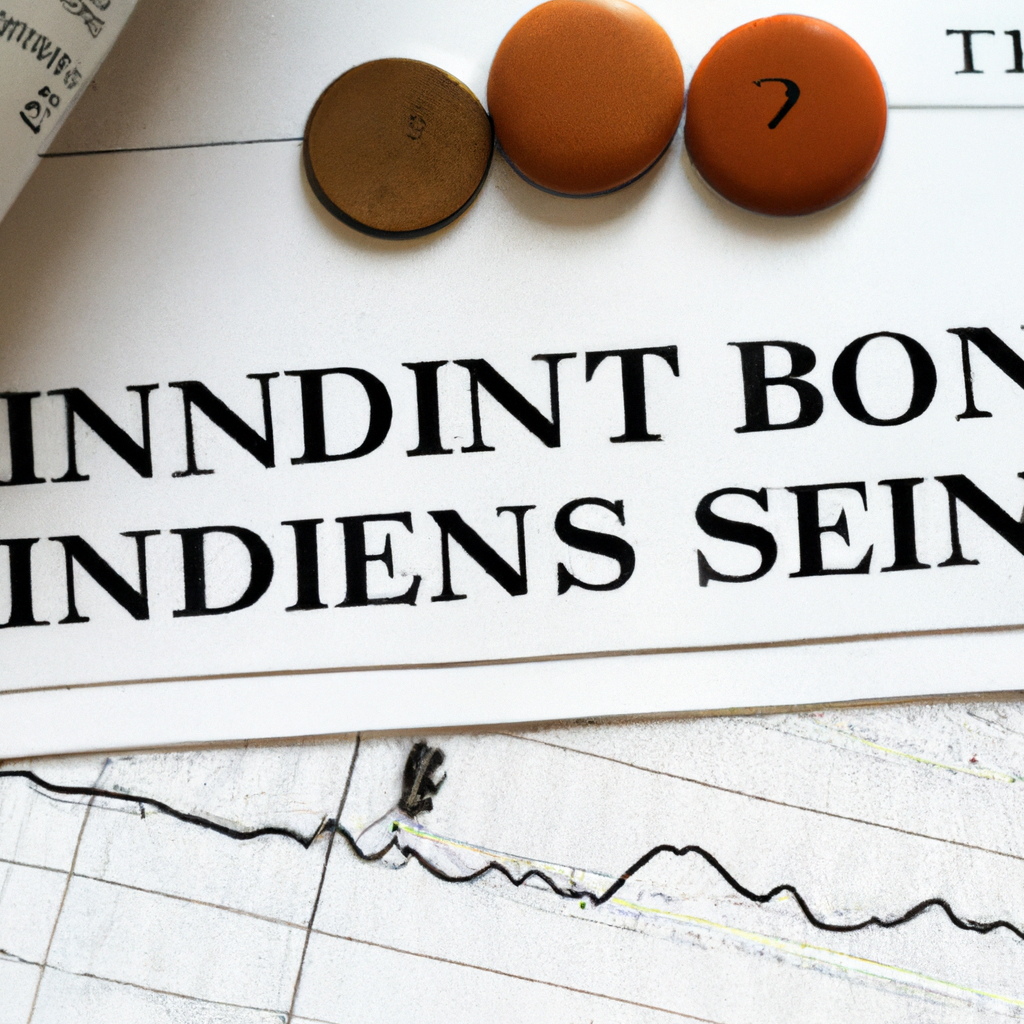
How to Invest in Bonds and Fixed-Income Securities
Introduction
Investing in bonds and fixed-income securities can be a valuable addition to your investment portfolio. These types of investments provide a steady stream of income and can help diversify your overall investment strategy. In this article, we will explore the steps to invest in bonds and fixed-income securities.
Step 1: Understand Bonds and Fixed-Income Securities
Before diving into the investment process, it is crucial to understand what bonds and fixed-income securities are. Bonds are essentially loans made by investors to governments, municipalities, or corporations. In return for lending money, the issuer promises to pay back the principal amount along with periodic interest payments. Fixed-income securities, on the other hand, encompass a broader category that includes bonds as well as other debt instruments like Treasury bills, notes, and certificates of deposit (CDs).
Step 2: Determine Your Investment Goals and Risk Tolerance
Before investing in bonds and fixed-income securities, it is essential to identify your investment goals and risk tolerance. Are you looking for a steady income stream or capital appreciation? Are you willing to take on more risk for potentially higher returns? Understanding your objectives and risk appetite will help you make informed investment decisions.
Step 3: Research and Select Bonds or Fixed-Income Securities
Once you have defined your investment goals, it’s time to research and select the specific bonds or fixed-income securities that align with your objectives. Consider factors such as the issuer’s creditworthiness, the maturity date, and the interest rate offered. Government bonds are generally considered safer than corporate bonds, but they may offer lower yields. On the other hand, corporate bonds may provide higher yields but carry a higher risk of default.
Step 4: Open an Investment Account
To invest in bonds and fixed-income securities, you will need to open an investment account with a brokerage firm or financial institution. Research different providers to find one that offers a wide range of bond options and competitive fees. Consider whether you want a self-directed account or if you prefer professional advice from a financial advisor.
Step 5: Place Your Order
Once your investment account is set up, you can place an order to buy the bonds or fixed-income securities you have selected. Specify the quantity and price at which you wish to purchase. You can buy bonds directly from the issuer or through the secondary market, which offers a more extensive selection.
Step 6: Monitor Your Investments
After purchasing bonds or fixed-income securities, it is crucial to monitor your investments regularly. Keep an eye on any changes in interest rates, credit ratings, or the financial health of the issuer. Consider reviewing your investment strategy periodically to ensure it aligns with your changing financial goals.
Conclusion
Investing in bonds and fixed-income securities can be a valuable addition to your investment portfolio. By understanding the fundamentals, defining your goals, conducting thorough research, and monitoring your investments, you can make informed decisions and potentially benefit from steady income and diversification. Remember to consult with a financial advisor if you need assistance in navigating the bond market or if you have any specific investment concerns.





